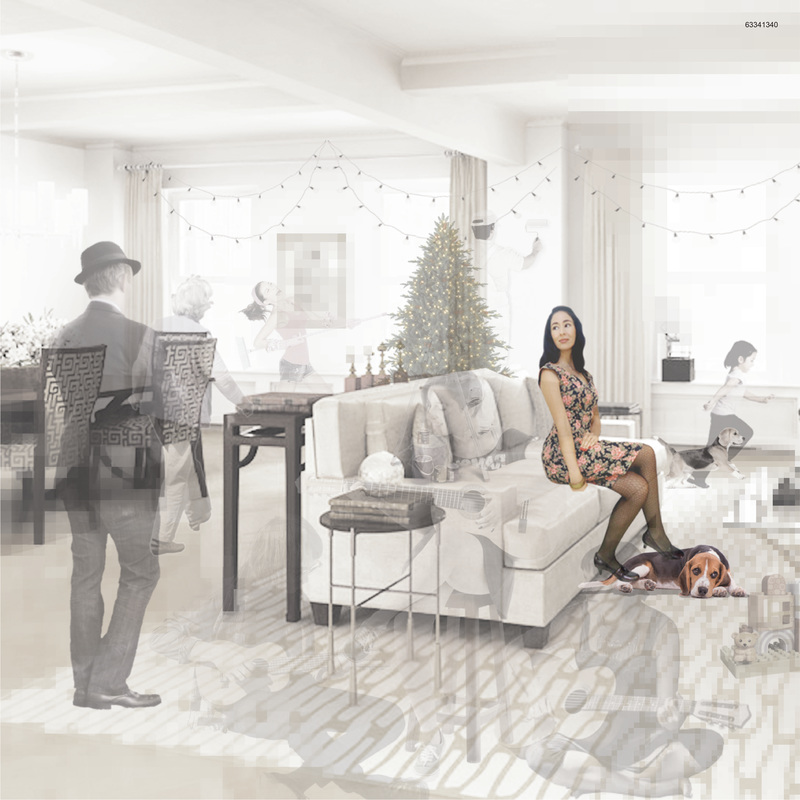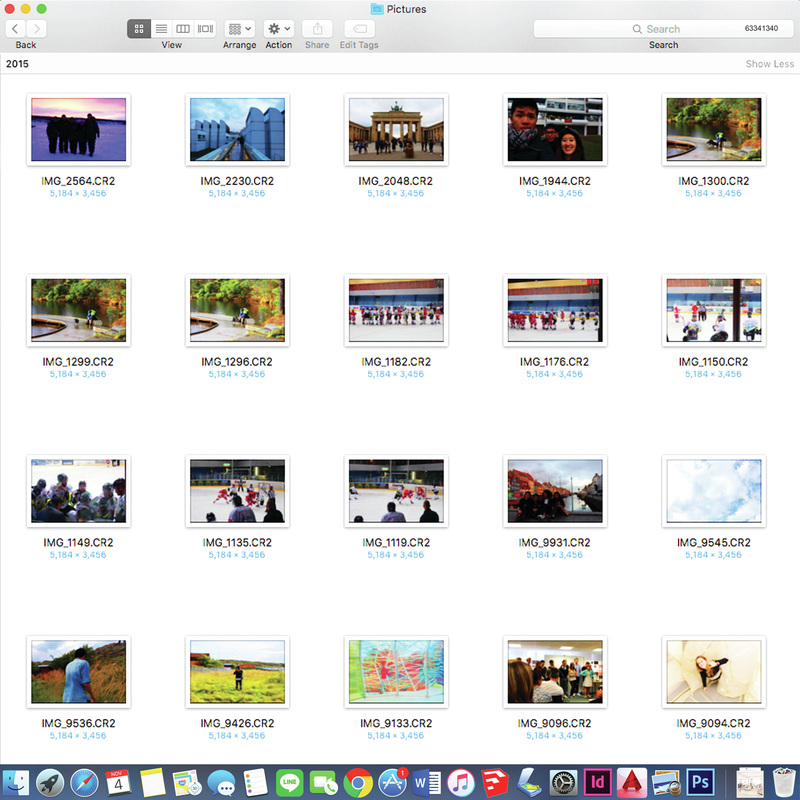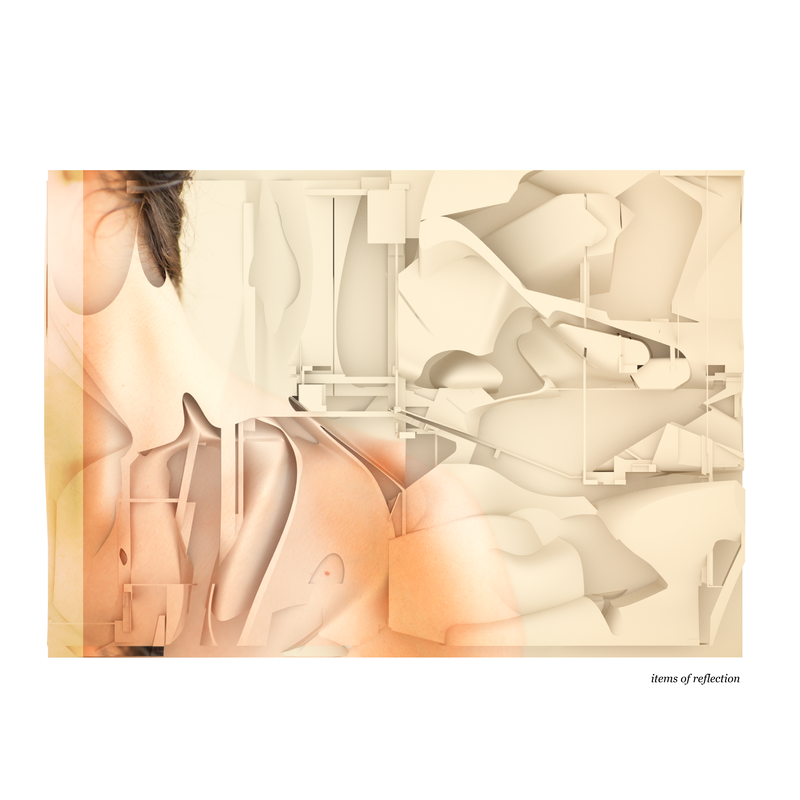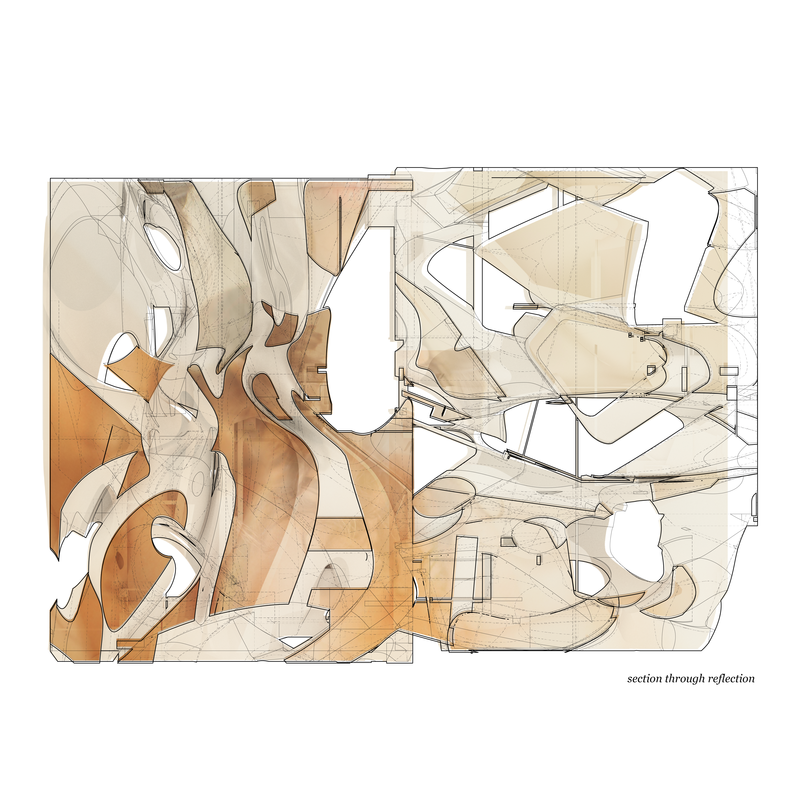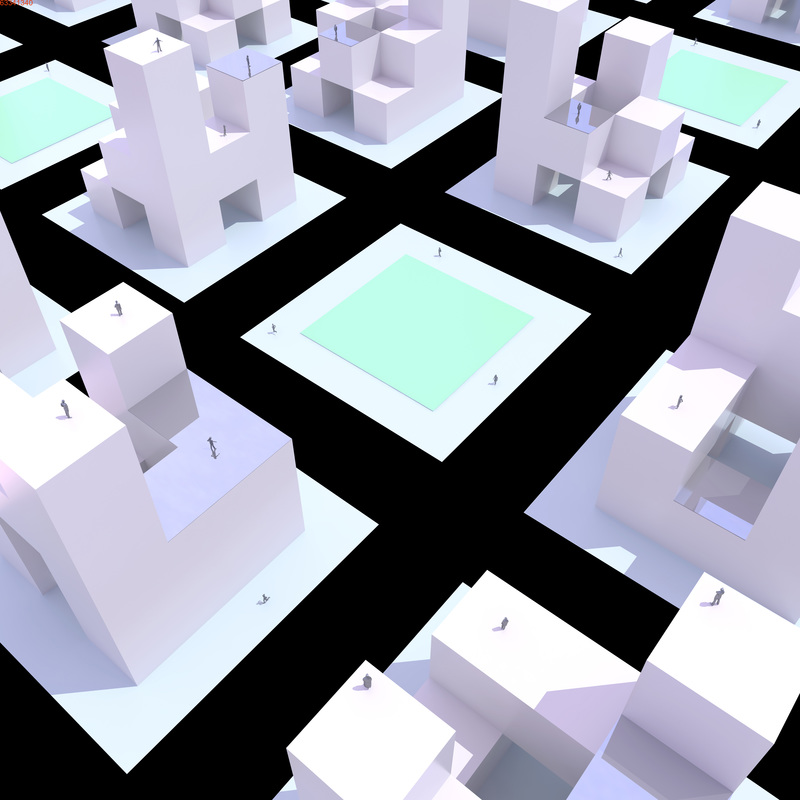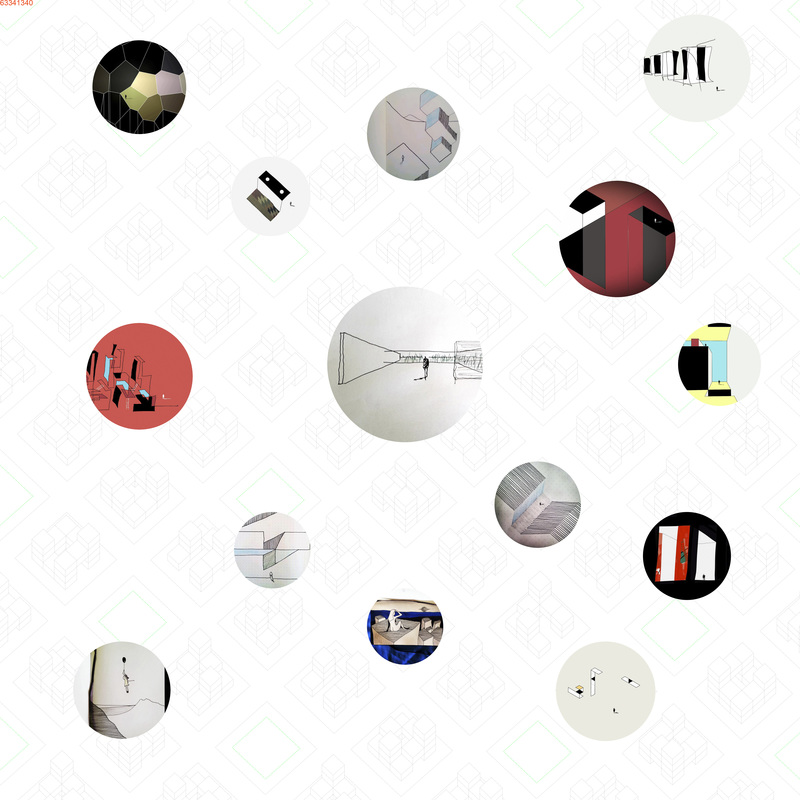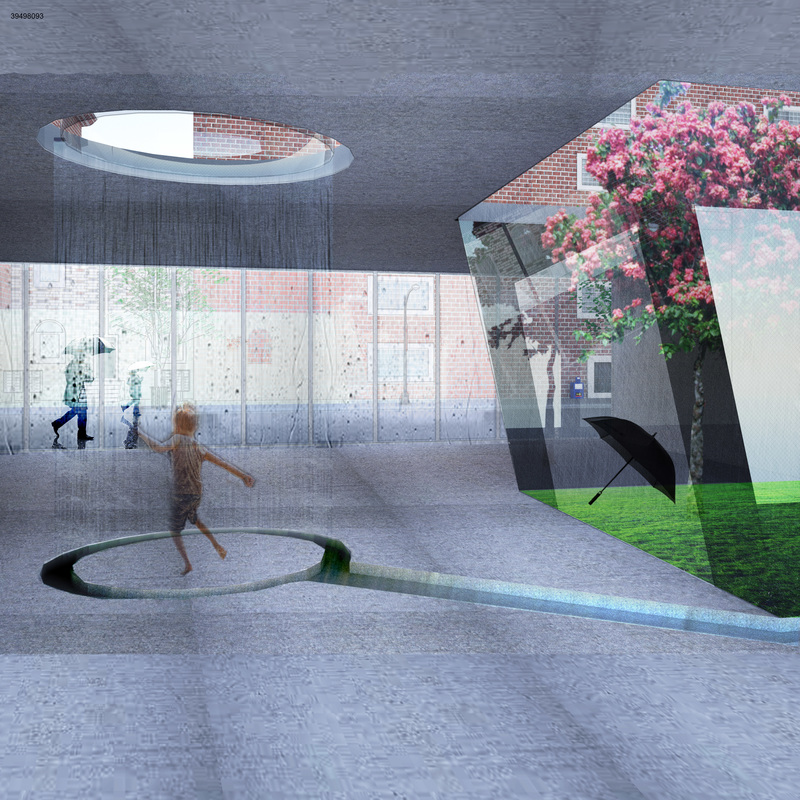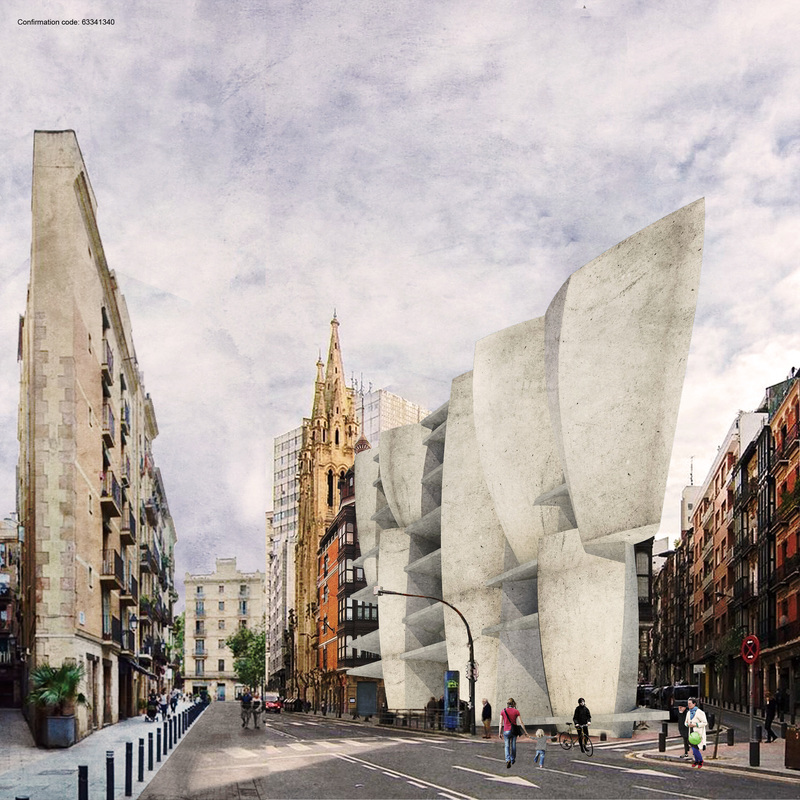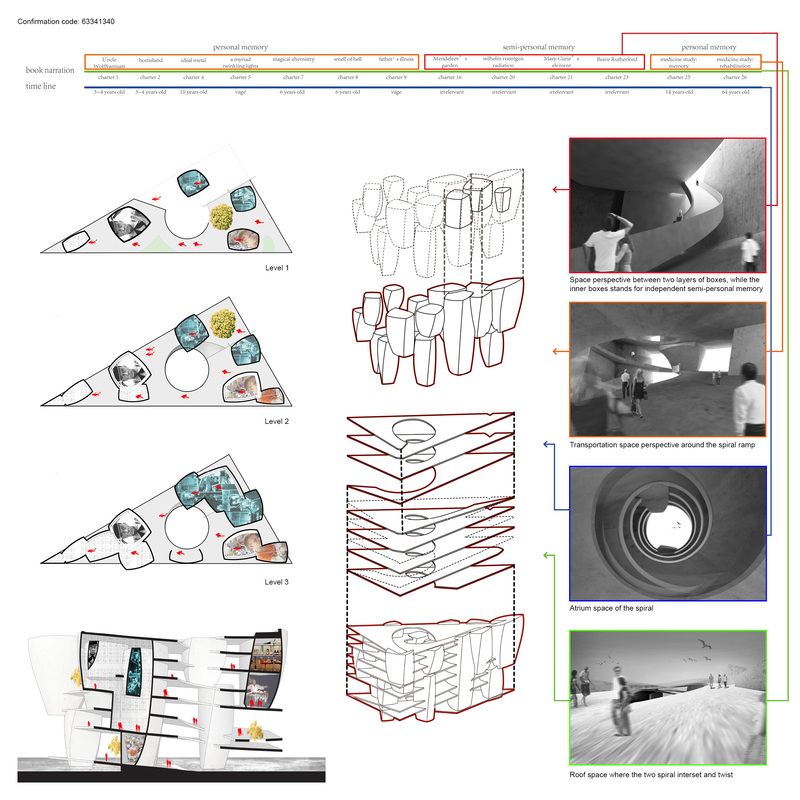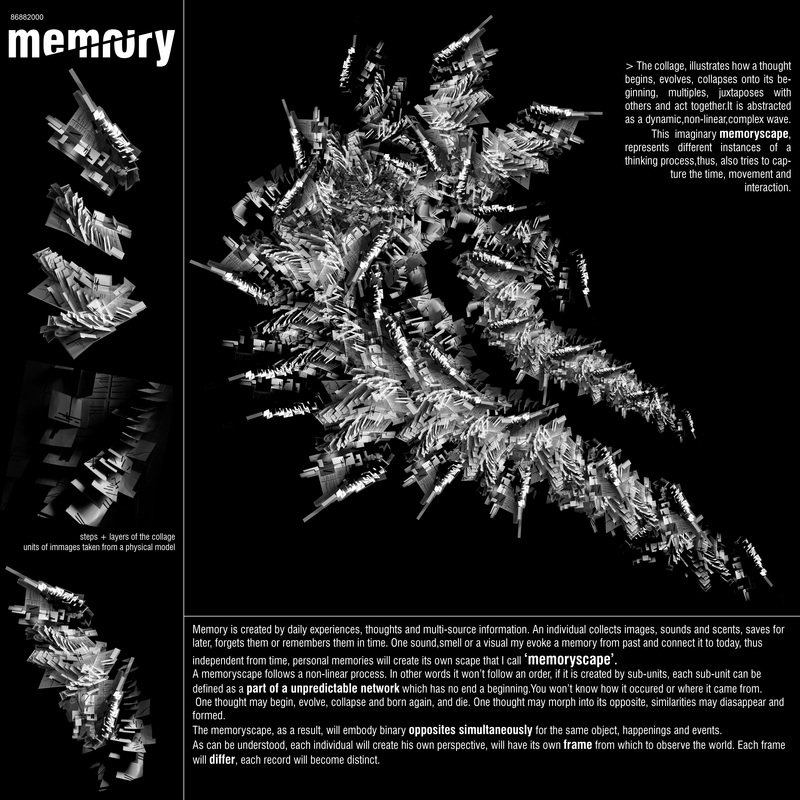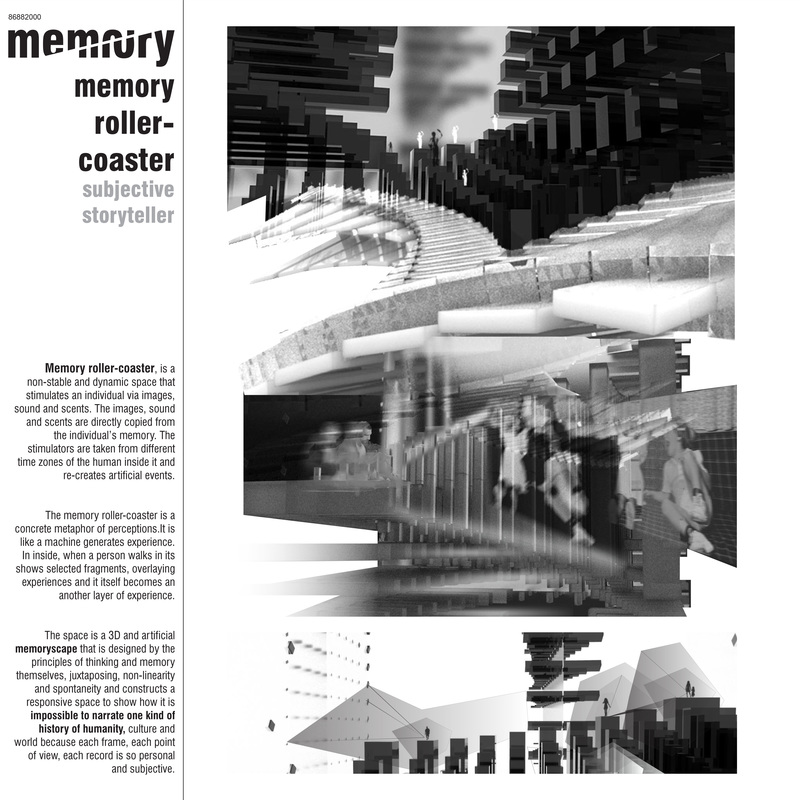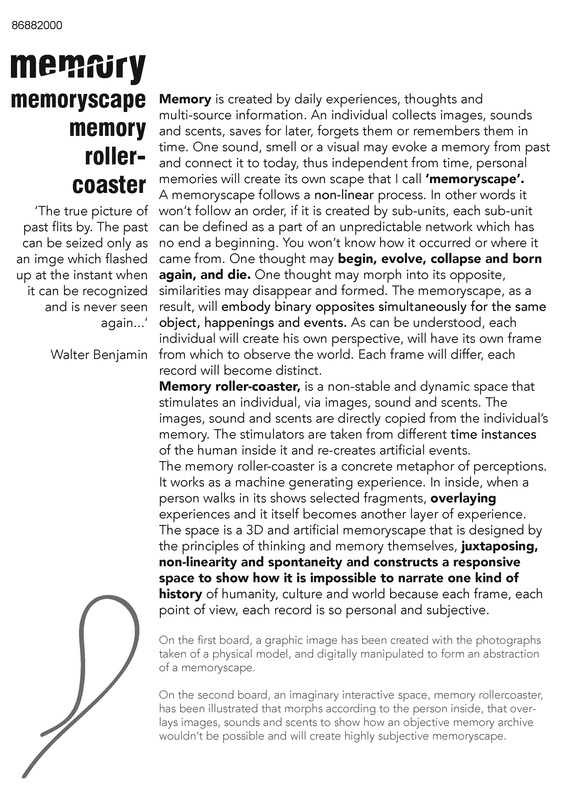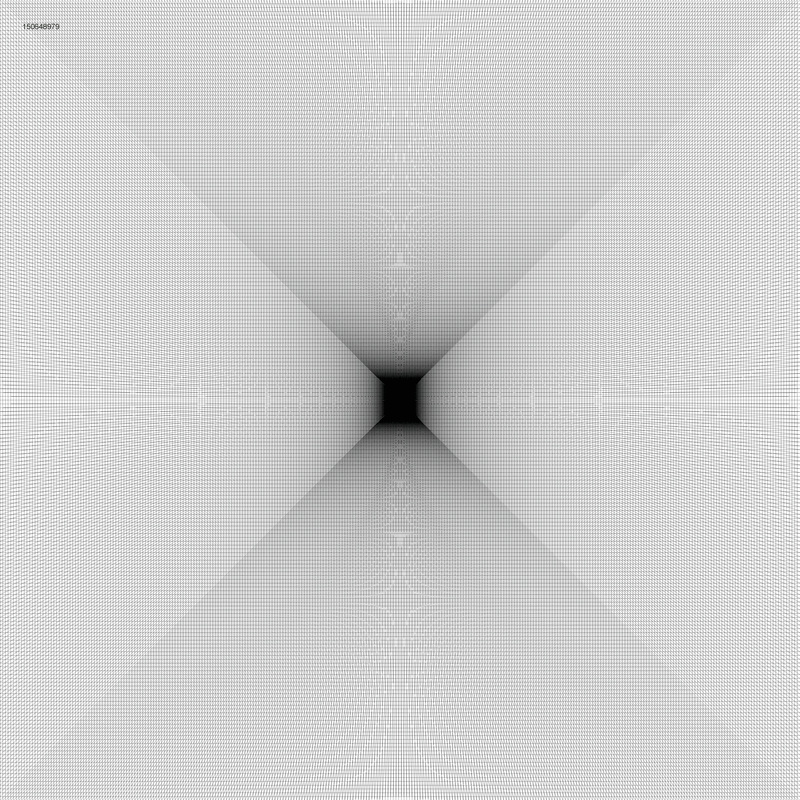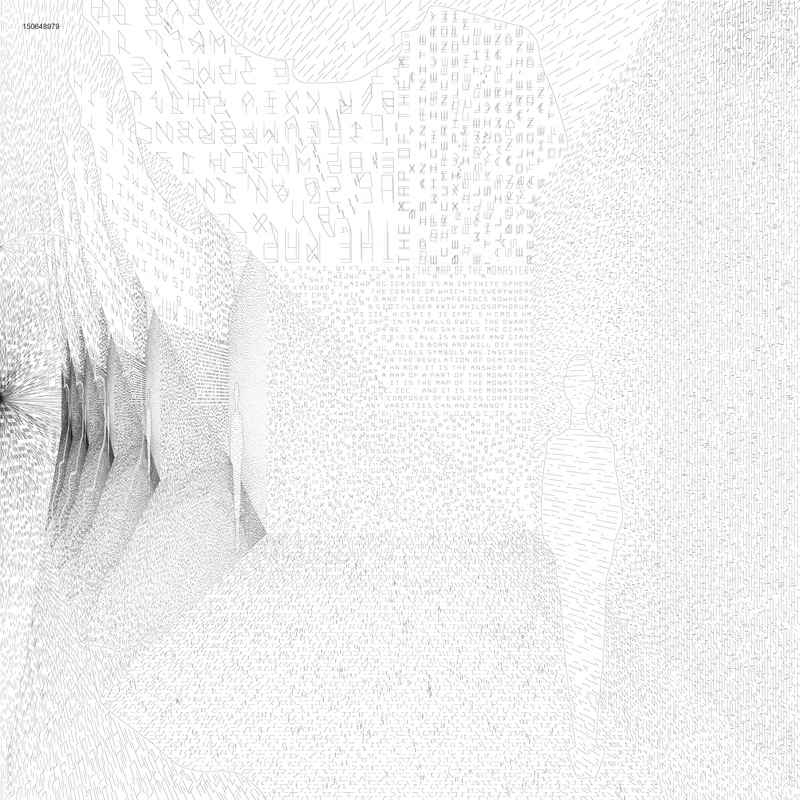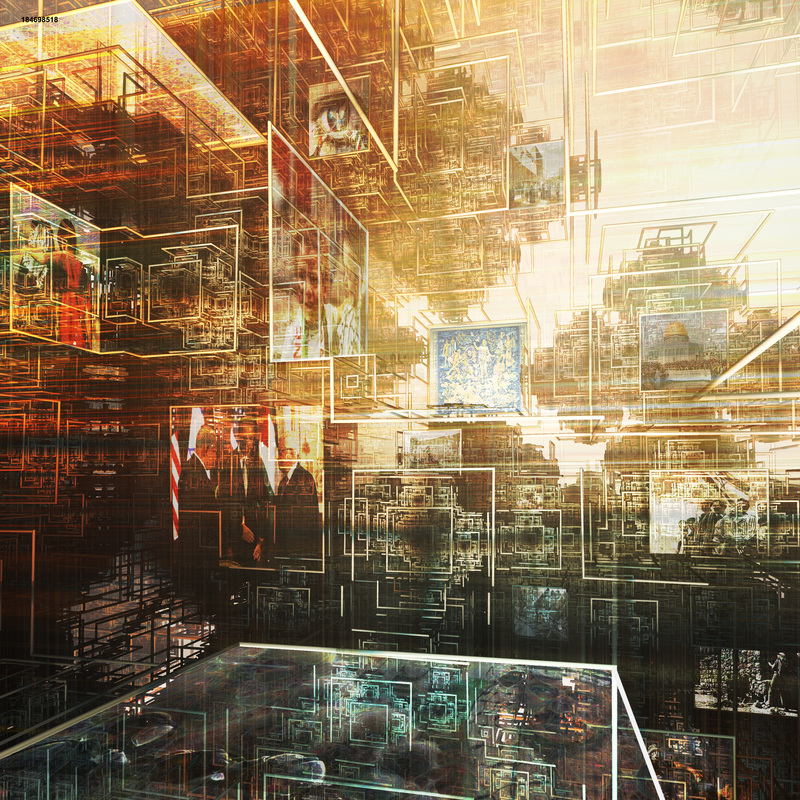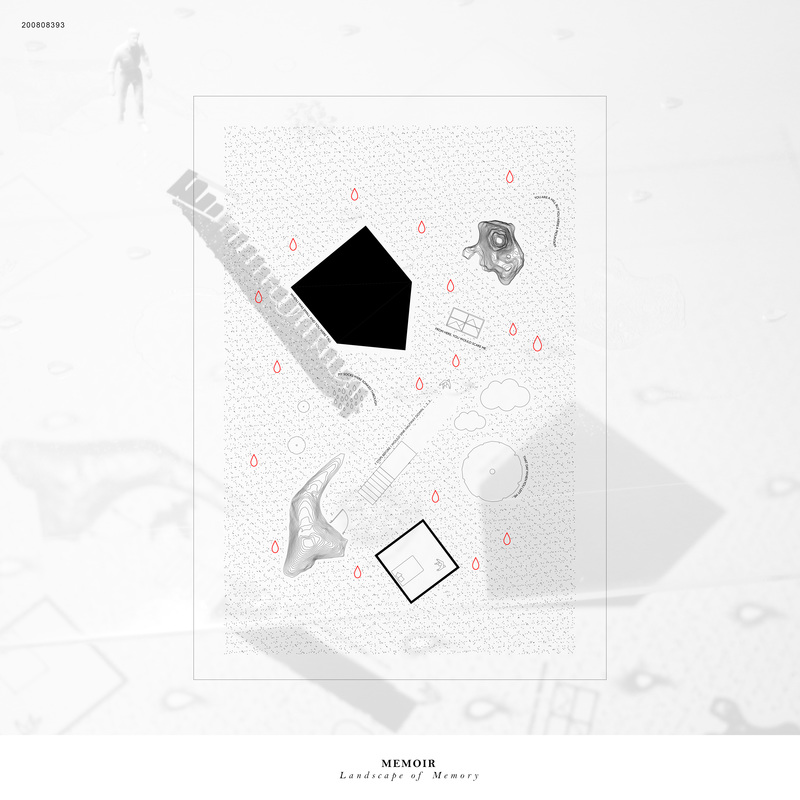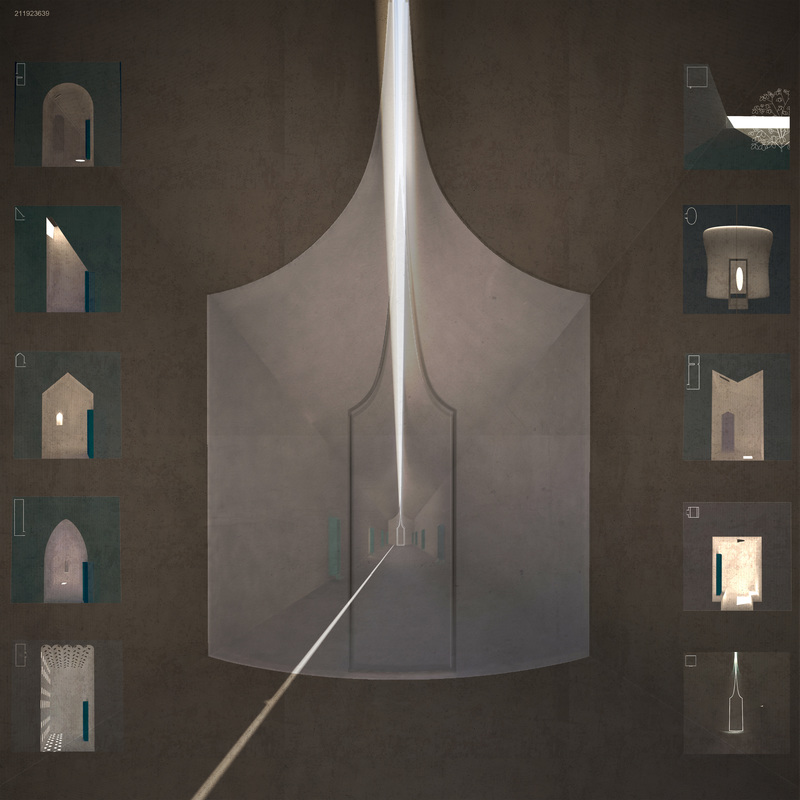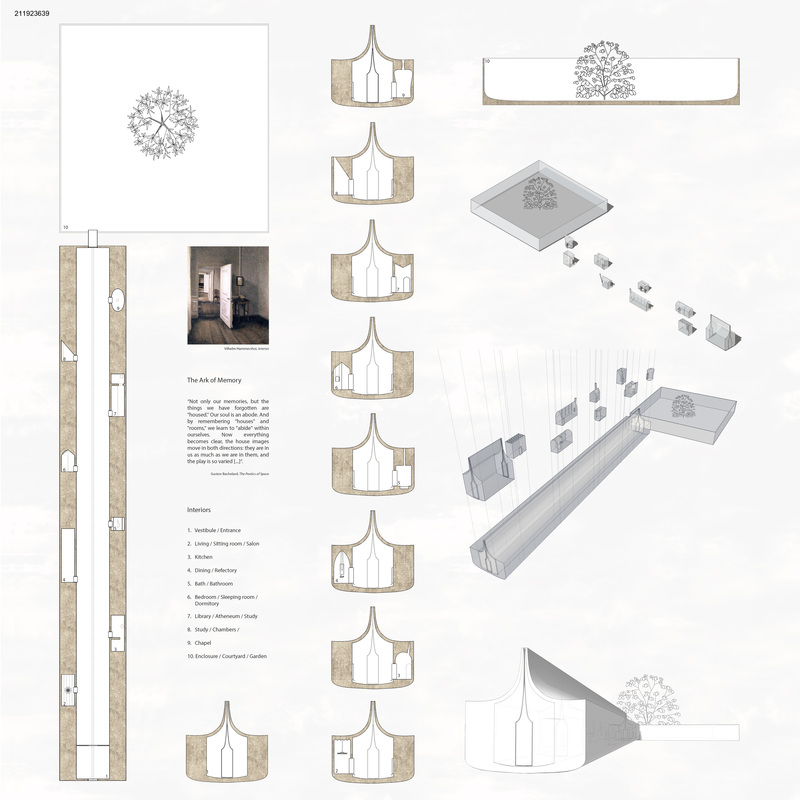COMPETITION POLLING
DOWNLOAD VOTING PACKAGE |
SUBMIT SELECTIONS |
DOWNLOAD COMPETITION BRIEF |
DIRECTIONS FOR JURORS
1. Jurors view projects on the arch out loud website and list their top choices on the provided sheet.
2. Jurors ranks top four proposals in order along with five honorable mentions in no specific order.
3. Projects receive points according to the positions they are ranked in - points are added up to appoint final placement.
2. Jurors ranks top four proposals in order along with five honorable mentions in no specific order.
3. Projects receive points according to the positions they are ranked in - points are added up to appoint final placement.
BOARDS
(CLICK TO ENLARGE)
PROJECT NUMBER
(USE TO MAKE SELECTIONS)
#12345678
PROJECT DESCRIPTION
Sample project description summary text.
Sample project description summary text.
Sample project description summary text.
Sample project description summary text.
Sample project description summary text.
THANK YOU JURORS, YOU MAY BEGIN YOUR SELECTIONS.
(2/50)
31634866
Traditional notions of memory can be interpreted as still shots attempting to quantify the truths of a moment. Within memory there is rooted an aura of the realities that will come to pass. These slivers of honesty can be formatted to fit within what the user is attempting to personify as his or her recollection. The tragedy to behold within memory is the failure to break perspective as each frozen moment is true only to a certain vantage point, generating a bias haze of what once was.
This fog of time can be laced with subtle articulations allowing one to recall the assemblage of frames rendered into a memory. These articulations act to highlight reference points from within allowing one to become immersed within that moment again. These recollections are smooth, they retain a fleeting quality, and they are bitter in their fragility.
In many ways, our environments act as these reference points. Embodying emotion we leave within them, providing a loose framework for its users to relinquish themselves upon. The user is not bias towards the environments physicality. That is to say our memories of things and places are beginning to emerge within a digital notion of space. Our future digital environments have the potential to reemerge within our physical ones. Embodying more than simply screen or projected presence, we may walk amongst our digital archives of memories occupying our physical walls and digital ones.
This fog of time can be laced with subtle articulations allowing one to recall the assemblage of frames rendered into a memory. These articulations act to highlight reference points from within allowing one to become immersed within that moment again. These recollections are smooth, they retain a fleeting quality, and they are bitter in their fragility.
In many ways, our environments act as these reference points. Embodying emotion we leave within them, providing a loose framework for its users to relinquish themselves upon. The user is not bias towards the environments physicality. That is to say our memories of things and places are beginning to emerge within a digital notion of space. Our future digital environments have the potential to reemerge within our physical ones. Embodying more than simply screen or projected presence, we may walk amongst our digital archives of memories occupying our physical walls and digital ones.
(3/50)
32648505
Station City.
Socrates advocated the expulsion of the traders outside the Athenian Agora arguing their tendency to lie just to make a profit; he concieved the Agora and Athens itself as a space for the truth.
In his book 'The Joyful wisdom’, Nietzsche conceives the future cities for thought, contemplation and reflection; designed for long walks and free from ordinary functions but with essential attributes.
Station City is an utopian or dystopian idea that emerges from two basic concepts:
1) The release of the Real Space from its ordinary and superfluous functions moving them through technology to the Virtual Space -as already happens- and,
2) The attempt to generate a physical and real platform with minimal attributes and spaces free of signs and meanings; quiets, uneventful and without records. A city for the spirit, for walking and reflection; connoted only with essential physiological functions or inherent events to the weather or the day’s journey into night.
Station City is not a project, it's just an idea that permeates the reality and the evolution of cities. It is a ruin without virtual memory and is also an attempt to contain the memory in each of us: the individuals, understanding ‘individual’ as a conscious entity: human, not human or hybrid.
Socrates advocated the expulsion of the traders outside the Athenian Agora arguing their tendency to lie just to make a profit; he concieved the Agora and Athens itself as a space for the truth.
In his book 'The Joyful wisdom’, Nietzsche conceives the future cities for thought, contemplation and reflection; designed for long walks and free from ordinary functions but with essential attributes.
Station City is an utopian or dystopian idea that emerges from two basic concepts:
1) The release of the Real Space from its ordinary and superfluous functions moving them through technology to the Virtual Space -as already happens- and,
2) The attempt to generate a physical and real platform with minimal attributes and spaces free of signs and meanings; quiets, uneventful and without records. A city for the spirit, for walking and reflection; connoted only with essential physiological functions or inherent events to the weather or the day’s journey into night.
Station City is not a project, it's just an idea that permeates the reality and the evolution of cities. It is a ruin without virtual memory and is also an attempt to contain the memory in each of us: the individuals, understanding ‘individual’ as a conscious entity: human, not human or hybrid.
(4/50)
39498093
Before photography was introduced in 1839, architecture had been depicted and experienced in painting in as early as 16th century. As a center stage for figures’ action in those paintings, the architecture undoubtedly became a way we as viewers seized a sense of history. Later on in the era of photography and video, the appreciation and reflection for architecture became more accessible via their precise recording.
Technology nowadays do a even better job to help people memorize. The trend for visual reality spreads so fast in design industries that we can imagine in the near future it will be as common as photograph. We would be able to use this kind of 360 degree recording of spaces and events as “albums” and immerse in like a character in a movie. No doubt that we will remember in more details and “revisit” time and time again.
But aside from the “visual”, other senses can also be significant in transforming the experiential qualities of architecture. Juhani Pallasmaa said in The eyes of the skin that “ The sight separates us from the world, while the rest of the senses joins him”. It’s true that the current technology could visually “scan” every inch of space in architecture, but what about other senses? What if we create spaces to be experienced with all five senses of human and let architecture outstrip the current recording technology?
Then my thought goes to another place: When I was a kid, the fanciest place in mind was Yadu Hotel which was not only the tallest building in the region, but also featured a revolving rooftop buffet. As a fine hotel restaurant, the food would be exquisite and interior high end, but after so many years I could not remember any details. What engraved in my mind was its revolving feature and the 360 degree view came with it. Now as architecture enthusiast, I realized that the memory that space gave me was interaction.
So in this project, I called the idea “House of Senses”. More than being inside, I would like to create a space that users could interact with nature via sight, sound, touch, smell and taste. “The building is a machine able to produce some human reactions predetermined.” Peter Zumthor said so. Then in this particular example, such reactions can either be touching the rain drops or smelling the sprouting flowers.
Technology nowadays do a even better job to help people memorize. The trend for visual reality spreads so fast in design industries that we can imagine in the near future it will be as common as photograph. We would be able to use this kind of 360 degree recording of spaces and events as “albums” and immerse in like a character in a movie. No doubt that we will remember in more details and “revisit” time and time again.
But aside from the “visual”, other senses can also be significant in transforming the experiential qualities of architecture. Juhani Pallasmaa said in The eyes of the skin that “ The sight separates us from the world, while the rest of the senses joins him”. It’s true that the current technology could visually “scan” every inch of space in architecture, but what about other senses? What if we create spaces to be experienced with all five senses of human and let architecture outstrip the current recording technology?
Then my thought goes to another place: When I was a kid, the fanciest place in mind was Yadu Hotel which was not only the tallest building in the region, but also featured a revolving rooftop buffet. As a fine hotel restaurant, the food would be exquisite and interior high end, but after so many years I could not remember any details. What engraved in my mind was its revolving feature and the 360 degree view came with it. Now as architecture enthusiast, I realized that the memory that space gave me was interaction.
So in this project, I called the idea “House of Senses”. More than being inside, I would like to create a space that users could interact with nature via sight, sound, touch, smell and taste. “The building is a machine able to produce some human reactions predetermined.” Peter Zumthor said so. Then in this particular example, such reactions can either be touching the rain drops or smelling the sprouting flowers.
(5/50)
75370125
Memory Distortion
--Memorial Museum for Biologist Dr. Oliver Sacks
In Oliver Sacks’ study, memory disorder may be caused by memorial distortion and external influence. The source of memory may not always come from real experience, and the authenticity of memory could not be tested by psychological or physiological methods. But there is a power of contradiction resides in the imperfection of memory, and this kind of imperfection can stimulate people’s imagination and creativity.
By reading Oliver Sacks’ autobiographical novel “Uncle Tungsten”, we understand how memory could be distorted. And in this project, we try to reinterpret the narrative structure in this novel.
The story begins in an order of a time line. And as the story unfolds, the time line becomes ambiguous and intervened. We are highly inspired by the narrative structure and try to create a new way of programming based on this. All the spaces are distributed along a rising double spiral surface and the surface is providing a circulation of obscurity and non-hierachy.
The way of description in this novel is similar to other novels, but the complete memories of several chemists in this book is obviously isolated from his/her personal life. We are so fascinated by this narration. In this project, different eventful memories are defined by different volumes of different dimension. Some distorted memories are inhabiting inside the preexisted volumes and
still keep distorting.
The double spiral circulation and spacialized memories are organized in the narrative way of “Uncle Tungsten”. We hope this chemistry museum can offer people a wonderful experience of memory distortion, fragmentation, novelization and imagination.
--Memorial Museum for Biologist Dr. Oliver Sacks
In Oliver Sacks’ study, memory disorder may be caused by memorial distortion and external influence. The source of memory may not always come from real experience, and the authenticity of memory could not be tested by psychological or physiological methods. But there is a power of contradiction resides in the imperfection of memory, and this kind of imperfection can stimulate people’s imagination and creativity.
By reading Oliver Sacks’ autobiographical novel “Uncle Tungsten”, we understand how memory could be distorted. And in this project, we try to reinterpret the narrative structure in this novel.
The story begins in an order of a time line. And as the story unfolds, the time line becomes ambiguous and intervened. We are highly inspired by the narrative structure and try to create a new way of programming based on this. All the spaces are distributed along a rising double spiral surface and the surface is providing a circulation of obscurity and non-hierachy.
The way of description in this novel is similar to other novels, but the complete memories of several chemists in this book is obviously isolated from his/her personal life. We are so fascinated by this narration. In this project, different eventful memories are defined by different volumes of different dimension. Some distorted memories are inhabiting inside the preexisted volumes and
still keep distorting.
The double spiral circulation and spacialized memories are organized in the narrative way of “Uncle Tungsten”. We hope this chemistry museum can offer people a wonderful experience of memory distortion, fragmentation, novelization and imagination.
(7/50)
150648979
Intro
In the ancient Greek story of Simonides of Ceos and the collapsing banquet hall, Simonides was able to recognize all the mingled corpses after the collapse from his memory of their locations. This story clearly revealed how memory is formed in our mind.
Memory is a collection of places with specific structures. Spatially, it’s similar to paths, but not necessarily linear. Therefore, different from the rigid geographical structure between places, the places in our memories are linked in a looser and more arbitrary way. In that sense, it is similar to how strokes make letters and how words make signifiers. Moreover, the structure of memory can be constructed cross-dimensionally, from a two-dimensional image to a three-dimensional location for example. Whenever a specific structure is built between places, a memory is formed.
This project is an attempt to capture the structure of memory and project it onto a two-dimensional surface, which is the graphic image. In the image, memories are embodied.
Graphic Image
On this 18in x 18in board, I constructed a map. It’s an image, a one-dimensional space, a twodimensional space, a three-dimensional space, and a four-dimensional space that coexist on this two-dimensional surface. On the map, everyone can find their own paths across dimensions.
THE MAP OF THE MONASTERY
God is an infinite sphere, the centre of which is everywhere and the circumference nowhere.
— Liber XXIV philosophorum
in the walls dwell the dwarfs
in the sky live the giants
all is a dwarf and giant
all is born and will die here
legible symbols are inscribed
the revelation of demiurges
it is the answer to all
a map of a part of the monastery
it is the map of the monastery
and it is the monastery
composed of endless corridors
any varieties can and cannot exist
Drawing
The drawing is the grid, the structure, and part of the architectural process of the “Map”. At the
same time, it demonstrates the spatialization of the “Map”.
In the ancient Greek story of Simonides of Ceos and the collapsing banquet hall, Simonides was able to recognize all the mingled corpses after the collapse from his memory of their locations. This story clearly revealed how memory is formed in our mind.
Memory is a collection of places with specific structures. Spatially, it’s similar to paths, but not necessarily linear. Therefore, different from the rigid geographical structure between places, the places in our memories are linked in a looser and more arbitrary way. In that sense, it is similar to how strokes make letters and how words make signifiers. Moreover, the structure of memory can be constructed cross-dimensionally, from a two-dimensional image to a three-dimensional location for example. Whenever a specific structure is built between places, a memory is formed.
This project is an attempt to capture the structure of memory and project it onto a two-dimensional surface, which is the graphic image. In the image, memories are embodied.
Graphic Image
On this 18in x 18in board, I constructed a map. It’s an image, a one-dimensional space, a twodimensional space, a three-dimensional space, and a four-dimensional space that coexist on this two-dimensional surface. On the map, everyone can find their own paths across dimensions.
THE MAP OF THE MONASTERY
God is an infinite sphere, the centre of which is everywhere and the circumference nowhere.
— Liber XXIV philosophorum
in the walls dwell the dwarfs
in the sky live the giants
all is a dwarf and giant
all is born and will die here
legible symbols are inscribed
the revelation of demiurges
it is the answer to all
a map of a part of the monastery
it is the map of the monastery
and it is the monastery
composed of endless corridors
any varieties can and cannot exist
Drawing
The drawing is the grid, the structure, and part of the architectural process of the “Map”. At the
same time, it demonstrates the spatialization of the “Map”.
(8/50)
184698518
What is the source of human conflict? What makes people, whether individually or collectively, act with hostility toward each other? In the most general of terms, conflict stems from a lack of communication and an inability to empathize with others. Entire cultures have formed their values and identities through the accumulation of isolated memories over generations, making it nearly impossible to experience the world from the perspective of the ‘other’. By isolating and rejecting alternative worldviews, people in conflict have lost the capacity for empathy and resolution.
How might this condition of empathic dystrophy be affected by technological augmentation of the human condition? The digital realm has collapsed many boundaries between culturally distant populations, and has augmented the human capacity to see the world from multiple perspectives. Extrapolating the trend of a continually shrinking interface between the mind and computer, one arrives at a point of full merger, in which the individual consciousness is completely and continuously connected in a web of experiences and memories. Such technological evolution will bring with it the ability to record, archive and access the collective memories of humanity, enabling every connected individual to experience the memories of others. Beyond conventional methods of recording and sharing experiences, it will be possible to replicate the complete state of a mind during the memory sequence. Advances in brain scanning and distributed databases will spawn a global consciousness, a superintelligence made up of augmented minds as nodes.
Such a transcendent state of being would not make the built environment obsolete, but rather would embed in physical architecture a temporal and empathic dimension, thus further enhancing the richness of the physical world. Every memory is located in a particular place and time, and the continuous recording and archiving of memories will add layers of information that may be accessed instantaneously by any individual. Thus a city like Jerusalem, with its centuries of rich memories from countless peoples who have called its walls home, would appear as a patchwork of fundamentally different human experiences. Every wall and stone would tell the stories of all who have recorded it in their memory. By tapping into such a collective memory, the built environment may be experienced from all sides, dissolving the boundary between ‘us’ and the ‘other’.
How might this condition of empathic dystrophy be affected by technological augmentation of the human condition? The digital realm has collapsed many boundaries between culturally distant populations, and has augmented the human capacity to see the world from multiple perspectives. Extrapolating the trend of a continually shrinking interface between the mind and computer, one arrives at a point of full merger, in which the individual consciousness is completely and continuously connected in a web of experiences and memories. Such technological evolution will bring with it the ability to record, archive and access the collective memories of humanity, enabling every connected individual to experience the memories of others. Beyond conventional methods of recording and sharing experiences, it will be possible to replicate the complete state of a mind during the memory sequence. Advances in brain scanning and distributed databases will spawn a global consciousness, a superintelligence made up of augmented minds as nodes.
Such a transcendent state of being would not make the built environment obsolete, but rather would embed in physical architecture a temporal and empathic dimension, thus further enhancing the richness of the physical world. Every memory is located in a particular place and time, and the continuous recording and archiving of memories will add layers of information that may be accessed instantaneously by any individual. Thus a city like Jerusalem, with its centuries of rich memories from countless peoples who have called its walls home, would appear as a patchwork of fundamentally different human experiences. Every wall and stone would tell the stories of all who have recorded it in their memory. By tapping into such a collective memory, the built environment may be experienced from all sides, dissolving the boundary between ‘us’ and the ‘other’.
(9/50)
200808393
LANDSCAPE OF MEMORY
Technology has increased our ability to digitally record selected or even non-selected moments in time, becoming a direct extension of the brain translating memories to code and pixel. Through this technology becomes a threshold and boundary of accuracy, preventing the natural decay of our memories that over time distort, skew and eventually fade to nothing.
While technology allows us to recall past experiences in vivid detail, it often creates discussion around what we can’t immediately see in front of us on a screen or print. Two-dimensional, digital information becomes overlaid with our physical, three-dimensional experiences. Between this digital fabrication and human fabrication lies a landscape of distorted memories where our built and natural environment is reduced to simple elements, geometry and
iconography, frozen in time.
Subconsciously we may connect the dots between the two in order to re-collect past memories that may become strengthened by the alignment of the two. Or we may choose to forget, viewing digital fabrication willingly or unwillingly while mentally disconnecting our physical experience and submitting it to natural decay.
Our graphic images and drawing, “Landscape of Memory”, represents this separation between the digital, two-dimensional and three-dimensional, physical memories. We see this as an important realm of memory recollection that is void of accuracy and detail yet an important space for re-creations and dreams while a distinct separation between the two exists.
Technology has increased our ability to digitally record selected or even non-selected moments in time, becoming a direct extension of the brain translating memories to code and pixel. Through this technology becomes a threshold and boundary of accuracy, preventing the natural decay of our memories that over time distort, skew and eventually fade to nothing.
While technology allows us to recall past experiences in vivid detail, it often creates discussion around what we can’t immediately see in front of us on a screen or print. Two-dimensional, digital information becomes overlaid with our physical, three-dimensional experiences. Between this digital fabrication and human fabrication lies a landscape of distorted memories where our built and natural environment is reduced to simple elements, geometry and
iconography, frozen in time.
Subconsciously we may connect the dots between the two in order to re-collect past memories that may become strengthened by the alignment of the two. Or we may choose to forget, viewing digital fabrication willingly or unwillingly while mentally disconnecting our physical experience and submitting it to natural decay.
Our graphic images and drawing, “Landscape of Memory”, represents this separation between the digital, two-dimensional and three-dimensional, physical memories. We see this as an important realm of memory recollection that is void of accuracy and detail yet an important space for re-creations and dreams while a distinct separation between the two exists.
(10/50)
211923639
Step through the looking glass and onto the ark of memory
As memory invites one to contemplate, think of the place where the past is being housed. The place where a strong connection comes into existence with common objects. „What” is that place where all of our thoughts happen? Those thoughts which at that moment when the imagination appears, create interiors that allow one to see himself (trough the experience of the abode.) The essence of living finds itself in the concept of the home. In that regard of being, in which we reflect, with all our inheritance.
„...along these corridors, trough these salons...silent rooms, where one’s footsteps are absorbed by carpets so thick ...those floors over which I walked once again as if in search of something, between these walls...framed prints past, among which even then i was waiting for something, far from this setting in which i now find
myself... ”
(Last year at Marienbad, Alain Resnais)
The home as a sanctuary of safety turns, within our mirroring, in the chest that keeps the memory – the ark, the assembly of thoughts around things, meaning possesions, memories. Stepping through that corridor, hearing the tremor of the footsteps on that floor, passing from one salon to the other defining themselves in the presence of light, we are carrying past memories and at the same time we are seeing ourselves from behind trough the former sense.
At the end, having passed trough all this recollection, encountering oneself in front of the empty space, the patio, the outer room of the home leaves the possibility to transcend it.
„While walking towards the end of the room, I am already there and I could not go toward it without beeing in such way of finding myself already there. I am never in this place only, as self caught in itself, but I am there, meaning I enconuter the extent that it is the only way I can transcend it. „
(Building, Dwelling, Thinking. Martin Heidegger)
As memory invites one to contemplate, think of the place where the past is being housed. The place where a strong connection comes into existence with common objects. „What” is that place where all of our thoughts happen? Those thoughts which at that moment when the imagination appears, create interiors that allow one to see himself (trough the experience of the abode.) The essence of living finds itself in the concept of the home. In that regard of being, in which we reflect, with all our inheritance.
„...along these corridors, trough these salons...silent rooms, where one’s footsteps are absorbed by carpets so thick ...those floors over which I walked once again as if in search of something, between these walls...framed prints past, among which even then i was waiting for something, far from this setting in which i now find
myself... ”
(Last year at Marienbad, Alain Resnais)
The home as a sanctuary of safety turns, within our mirroring, in the chest that keeps the memory – the ark, the assembly of thoughts around things, meaning possesions, memories. Stepping through that corridor, hearing the tremor of the footsteps on that floor, passing from one salon to the other defining themselves in the presence of light, we are carrying past memories and at the same time we are seeing ourselves from behind trough the former sense.
At the end, having passed trough all this recollection, encountering oneself in front of the empty space, the patio, the outer room of the home leaves the possibility to transcend it.
„While walking towards the end of the room, I am already there and I could not go toward it without beeing in such way of finding myself already there. I am never in this place only, as self caught in itself, but I am there, meaning I enconuter the extent that it is the only way I can transcend it. „
(Building, Dwelling, Thinking. Martin Heidegger)
PAGE 1
<PREV PAGE 1 2 3 4 5 NEXT PAGE>
Questions: arch out loud team | 317.490.6142 | info@archoutloud.com



